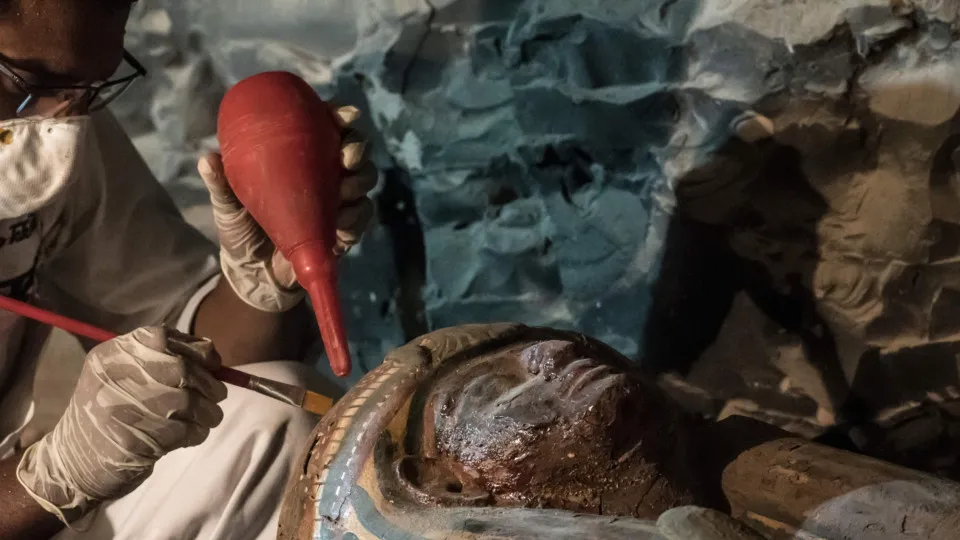The
Plagues
of Egypt
were
a series
of calamities
that, according
to the
biblical
Book
of Exodus, God
inflicted
on Egypt
to convince
the Pharaoh to release
the
Israelites
from
slavery. Although
the
majority
of historians
believe
the
events
to be allegorical, there
are
scientific
theories which suggest the "plagues" are in fact an unfortunate sequence of natural
disasters.
Browse the gallery and explore the theories surrounding the Plagues of Egypt.



